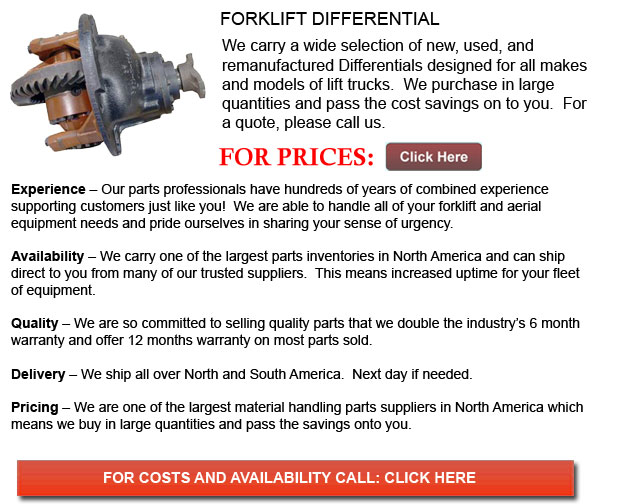
Forklift Differential - A mechanical device which can transmit torque and rotation via three shafts is called a differential. Sometimes but not at all times the differential would utilize gears and would function in two ways: in automobiles, it receives one input and provides two outputs. The other way a differential works is to combine two inputs to be able to produce an output that is the average, difference or sum of the inputs. In wheeled vehicles, the differential enables each of the tires to be able to rotate at various speeds while supplying equal torque to all of them.
The differential is designed to drive a set of wheels with equivalent torque while enabling them to rotate at different speeds. While driving around corners, an automobile's wheels rotate at various speeds. Some vehicles like for instance karts work without a differential and make use of an axle instead. When these vehicles are turning corners, both driving wheels are forced to rotate at the same speed, typically on a common axle which is powered by a simple chain-drive apparatus. The inner wheel should travel a shorter distance as opposed to the outer wheel while cornering. Without using a differential, the consequence is the outer wheel dragging and or the inner wheel spinning. This puts strain on drive train, causing unpredictable handling, difficult driving and deterioration to the tires and the roads.
The amount of traction necessary in order to move any automobile will depend upon the load at that moment. Other contributing factors consist of gradient of the road, drag and momentum. Among the less desirable side effects of a conventional differential is that it could reduce grip under less than ideal conditions.
The end result of torque being supplied to each and every wheel comes from the drive axles, transmission and engine making use of force against the resistance of that traction on a wheel. Commonly, the drive train will provide as much torque as required except if the load is exceptionally high. The limiting element is usually the traction under every wheel. Traction can be interpreted as the amount of torque that could be produced between the road exterior and the tire, before the wheel begins to slip. The automobile would be propelled in the planned direction if the torque applied to the drive wheels does not go over the threshold of traction. If the torque utilized to each and every wheel does go over the traction limit then the wheels would spin continuously.
![]() Click to Download the pdf
Click to Download the pdf
Forklift Parts
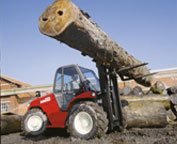
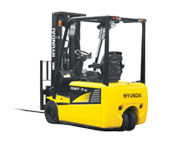
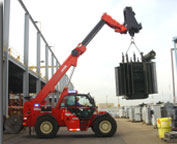
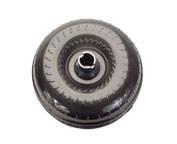
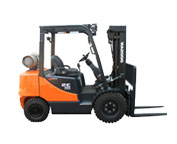
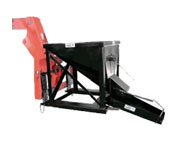
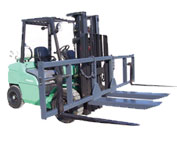
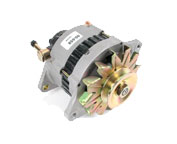
Lift Parts Express
TOLL FREE: 1-888-695-7994
Baton Rouge, Louisiana
forkliftpartsbatonrouge.com
Email Us
About Us


